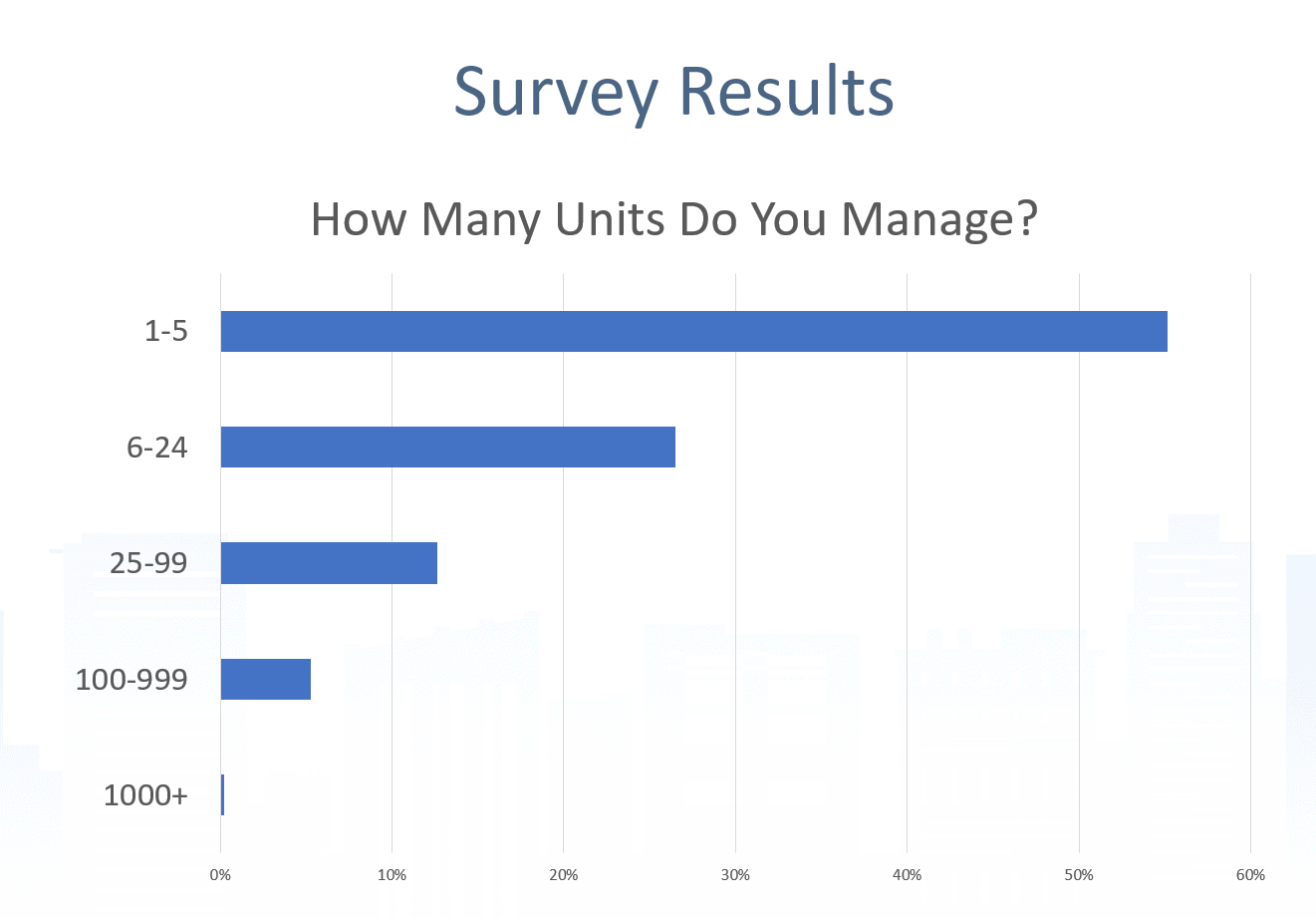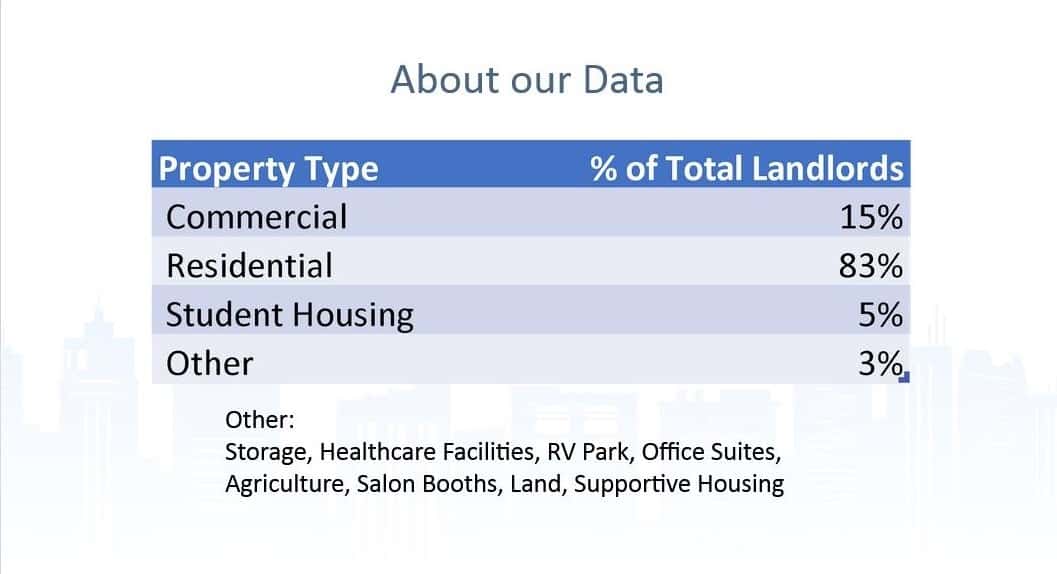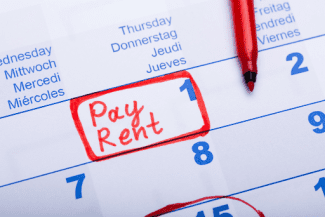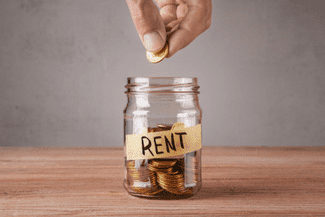Innago Survey – The Lasting Impact of COVID-19 on the Rental Housing Market
About Our Data
As a property management software company, we have access to a treasure trove of data from tens of thousands of tenants, landlords, and real estate professionals. We’ve aggregated and analyzed major trends within that data. We’ve paired this internal data with external sources that sometimes reinforce those narratives and sometimes disagree with them. To add additional color and insight, we received responses from 440 landlords and 1300 tenants on a variety of topics. We’ve paired this internal data with external sources that sometimes reinforce those narratives and sometimes disagree with them.
Landlords in Innago manage anywhere from one unit to over 1,000 with the average at about 30 units. 55% of our respondents manage from one to five units, with a few managing over 1,000.


The Eviction Moratorium
The CDC’s eviction moratorium, currently set to expire on July 31, 2021, th, forbids landlords from evicting tenants for failure to pay rent. In order to qualify for the moratorium’s protections, the tenant must
- Earn less than $99,000 a year (or less than $198,000 for households filing jointly);
- Have experienced a substantial loss of income during the course of the pandemic;
- Use best efforts to pay rent; and
- Be at risk of homelessness if evicted.
The moratorium does not apply automatically–tenants must file an affidavit saying they meet these requirements. Other causes for eviction are still valid. Landlords can still evict somebody for criminal activity or for otherwise violating the lease. But given that failure to pay rent is typically the most common ground for eviction, the moratorium has left many landlords feeling that they are shouldering the burden of housing people for free without any direct recourse.
In theory, rent relief promises the kind of financial assistance that could ease the pain for landlords. Unfortunately, signing up for rent relief requires dramatic concessions (such as forgiving back rent), and not all tenants qualify. What’s more, rent relief often hinges on the tenants a) knowing about it in the first place and b) filling out the paperwork themselves, both of which have presented significant obstacles. Other causes for eviction are still valid. Landlords can still evict somebody for criminal activity or for otherwise violating the lease.
And that’s looking at rent relief by the book. In practice, the cash set aside for states to distribute rent relief has been slow to come out with wait times exceeding two months. Many qualified tenants or landlords are still waiting to hear a response. Texas, for instance, began its rent relief program in February, with more than 72,000 renters applying for rent relief. As of the end of March, only 250 of those had received payment, according to Pew Research Center.
Some states do allow landlords to file for rent relief on behalf of the tenant. But in others, the Rental Home Council reported that 40% of tenants who owed back rent haven’t filled out the paperwork for rent relief or sent it to their state system to begin the slow process of disbursal. For some locations, such as Alaska, the well has already dried up and they are no longer accepting applications.
The federal government justified the eviction moratorium (issued by the CDC in September 2020 following a similar and temporary bill passed by Congress) by saying that a flood of evictions would result in waves of homelessness or forced cohabitation, which would accelerate the spread of the coronavirus. This means that with the end of the pandemic comes the end of the moratorium. But just when will that be? For now, it’s up in the air.
As the vaccine rollout continues, the pandemic is coming under control. Yet the vaccine rollout is inconsistent from state to state, and with 53% of Americans fully vaccinated (according to the White House at the time of this writing) the CDC may decide that it’s still too early and choose to extend the moratorium again. This has been the outcome multiple times in the past, the most recent of which saw the goal posts move just a few days before the previous expiration date of June 30, 2021).
In the meantime, federal courts have ruled in conflicting ways regarding the pandemic’s enforceability with the cases making their way through appeals and heading to the Supreme Court. Even if the moratorium is stricken down by a court in your district, proceeding with eviction still carries a lot of risks. We recommend consulting your lawyer or a local landlord advocacy group before evicting a tenant for failure to pay rent until the moratorium is lifted.
Source: Innago.com















 Accessibility
Accessibility